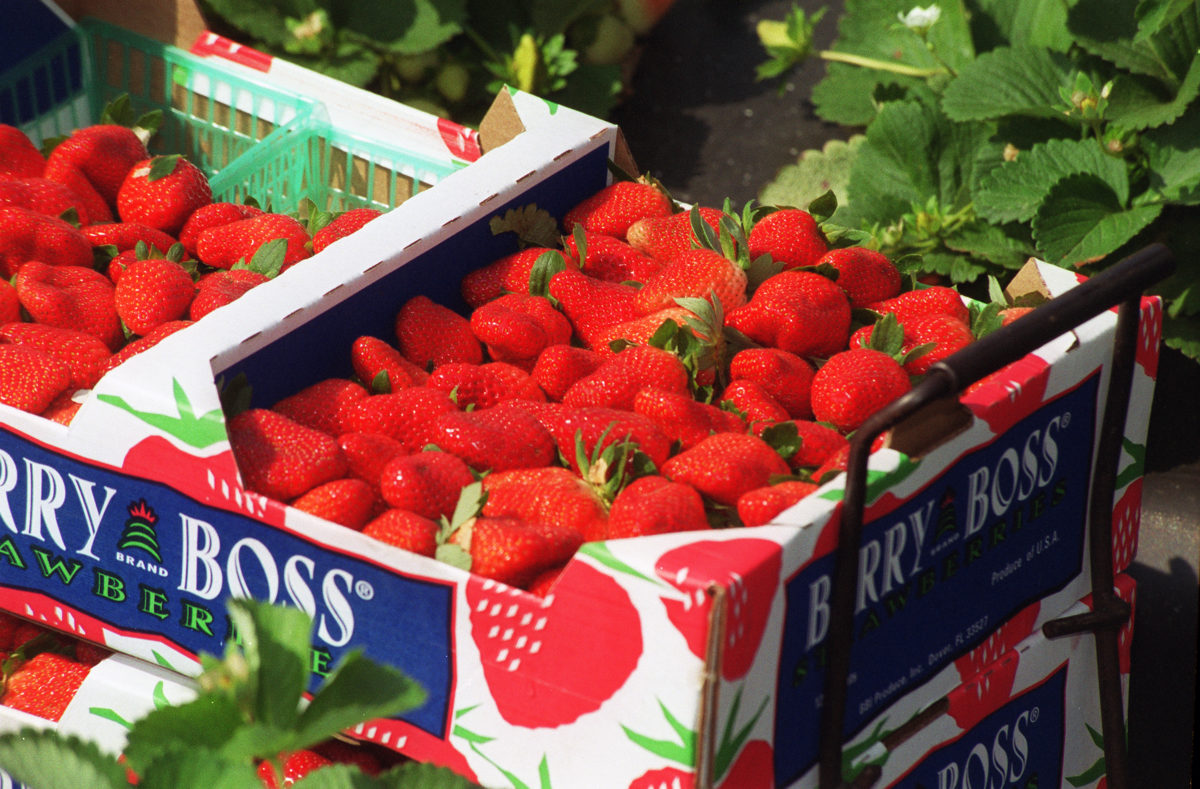Clemson Extension agents provide crop updates in The South Carolina Grower this week about the status of various crops being produced throughout the state. Coastal Region Rob Last reports, “Pests and diseases are beginning to increase in the area. Powdery mildew is apparent in cucurbit crops. The most efficacious treatments are Vivando and Gatten. Rotation is critical to protect these …
Chilling Reality: Minimal Cold Temperatures Not Good for Florida Peaches
By Clint Thompson The future of Florida peaches rests with its ability to find footing in the northern area of the state. That’s the opinion shared by Jose Chaparro, associate professor in the University of Florida Institute of Food and Agricultural Sciences (UF/IFAS), who equates it to the situation being experienced in Georgia. “What’s happening is the best places to …
Clemson Extension Agents Provide Weekly Updates
Clemson Extension agents provide updates in The South Carolina Grower this week about the status of various crops being produced throughout the state. Coastal Region Rob Last reports, “Crops are generally looking good in the area. Strawberries are coming to harvest with good volumes. Keep scouting for spider mites and thrips. Thrips were found late last week in low numbers. …
Watermelon Anthracnose: Current Trends and Future Directions
By Navjot Kaur and Bhabesh Dutta Watermelon anthracnose is caused by the fungal pathogen Colletotrichum orbiculare, which impacts all above-ground parts of the plant. C. orbiculare also causes anthracnose in other cucurbit crops such as cucumber, muskmelon, squash, gourd, pumpkin, cantaloupe and honeydew. The disease is favored by conditions including high humidity, rainfall, overhead irrigation and warm temperatures in the …
Clemson Extension Agents Provide Crop Updates
Clemson Extension agents provide updates in The South Carolina Grower this week about the status of various crops being produced throughout the state. Coastal Region Zack Snipes reports, “Now is the time for Lowcountry strawberry growers to give their plants the first shot of boron. Boron helps with both flower and fruit development. Growers can spray boron or inject via the drip …
How La Niña Could Impact Weather and Crops
By Pam Knox In October 2021, the National Oceanic and Atmospheric Administration (NOAA) announced that a La Niña event had begun. It has an 87% chance of continuing through the winter. Since that time, the event has affected weather across the world, including many crop-growing areas of the United States. This article looks at what La Niña is and how …
Improving Productivity of Florida-Grown Peaches
By Tripti Vashisth Unlike citrus, peaches are deciduous fruit trees. Deciduous trees shed their leaves during the late fall and early winter and undergo dormancy. During this dormant stage, a certain amount of cold weather (measured by an accumulation of chill units) is needed to resume normal growth in the spring. When the cold weather requirement for dormancy is fulfilled, …
Old Fruit Crops Could Offer New Opportunities
By Kevin Folta Someone walking from Key West to the Carolinas 200 years ago would not likely find any of the crops found in modern produce sections. While there are a few distant cousins of blueberries, onions and tomatoes growing in the wild, the dominant commercial crops grown in the Southeast were brought here from somewhere else. Tomatoes, strawberries, citrus …
How to Prevent Accidentally Infesting Fields When Moving Equipment
Source: The South Carolina Grower From Clemson Plant Pathologist Tony Keinath Most growers probably have heard that it’s possible to infest a “clean” (pathogen-free) field by moving soil on equipment. The question is how much infested soil is too much. The answer depends on the pathogen and where the soil is deposited. Some pathogens are present in the soil at …
Broadband Access: USDA Invests $167 Million in 12 States
Georgia Included in States Impacted WASHINGTON, Aug. 11, 2021 – Agriculture Secretary Tom Vilsack announced today that the United States Department of Agriculture (USDA) is investing $167 million in 12 states to deploy broadband infrastructure (PDF, 360 KB) in rural areas without sufficient access to high-speed internet. Georgia is one of the states that will benefit from this investment. “Generations …










